Tomorrow is World Poetry Day 2018! And yes, I know there seems to be a day for everything, everyone and their horse, World Poetry Day is a great reason to incorporate a little, creative poetry lesson into your day, even if your kids aren’t in the middle of a poetry unit. There are so many benefits that come out of making creative tasks like writing poetry a more regular part of your students’ learning experiences. By just giving them time to engage with creative writing sends the message that their own creativity really does matter!
World Poetry Day Activities
Watch a Poetry Slam (Years F to 6)
If you haven’t yet engaged in the world of slam poetry, then prepared to be amazed! Slam Poetry is a form of performance poetry that brings life to stories, ideas and words through the use of voice (and sometimes movement too!). Slam poetry is, quite possibly, the BEST way to introduce your students to the world of poetry!
Meet Solli Raphael
Solli Raphael is a 13 year old boy from the East Coast of Australia. Last year he became the youngest ever winner of the Australian Poetry Slam! Your student’s can meet Solli in this wonderful video by Behind the News.
See Solli Slam
AND given that this year World Poetry Day happens to coincide with Harmony Day, share this amazing Solli Raphael poem about harmony and equality with your students.
After meeting Solli and watching some of his work, challenge your students to begin writing their own piece of slam poetry about something they are passionate about!
Make a Poetry Mini-Book (Years F – 6)
This is a SUPER fun activity for World Poetry Day!
- Provide students with a copy of the Blank Mini-Book Template.
- Allow students to write and illustrate a poem on the pages of their mini-book.
- Students may like to make one mini-book per poem, or they might like to write a few short poems on the pages of one mini-book.
Take a look at this video to see how this poetry lesson idea works!
Write a Poem in Your Writer’s Notebook (Years 3 to 6)
If your students have already started their own Writer’s Notebook, then making a little bit of creative poetry writing today’s task is a great one! You can select one of the Writer’s Notebook Writing Prompt Cards that is related to poetry, or you could simply allow students some time to write a little bit of poetry about anything they’d like!
Create a Poetry Performance (Years 5 and 6)
Download and print out this awesome Elements of Poetry Workbook. You’ll find it contains four wonderful original poems. Your students can use these poems to create a short poetry performance to share with their class!
- Break your class into small groups (approximately 3-5 students works well).
- Provide each group with one of the poems from the workbook. Don’t worry if more than one group have the same poem. It will be just as fun to see what different groups create with the same stimulus!
- Support students in developing a short poetry performance piece. Begin by discussing the possible ways they could perform their poem to the rest of the class:
– Groups could have a single narrator read out the poem while the rest of the group act it out.
– Students could each take on a role from within the poem (remember, roles don’t have to be people, students can use movement to act out things from nature or even inanimate object that might come to life!) and act out the story.
– Students could simply use the poem as inspiration and create a little scene that shows another situation related to the original poem (e.g. using “The Poet’s Lament” students could create a short performance that shows a young person who hates writing poetry, but then turns up to find that everyone at school now speaks in rhyme!) - Have each group present their short performance to the rest of the class.

Here’s a little tip for managing the ‘performance time’ part of this lesson. While the performing group is setting themselves up to begin, ask the rest of the class to close their ‘budget curtains’ (close their eyes, or place their hands over their eyes so they can’t see what’s happening on the ‘stage’ – just as though the curtain was closed in a real theatre!). When the performing group is ready, count down “3, 2, 1, Action!” and let the audience open their ‘budget curtains’ as the performance begins!)

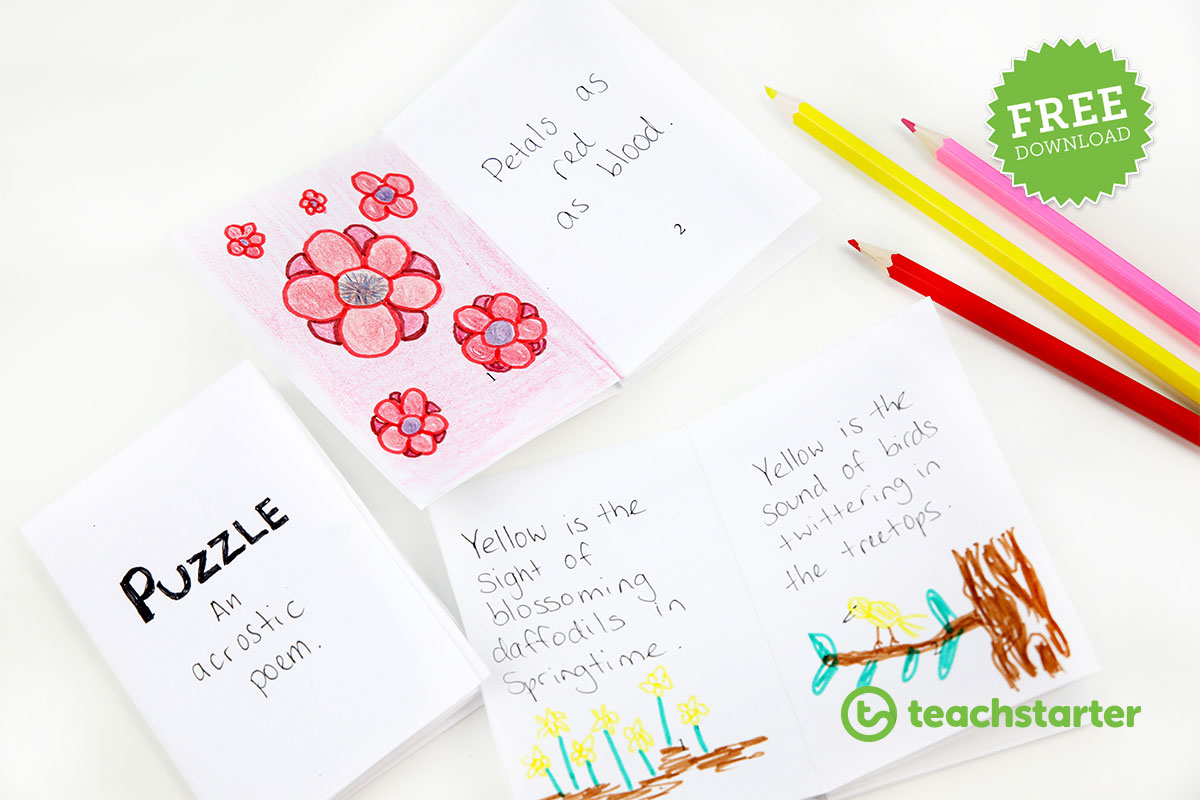
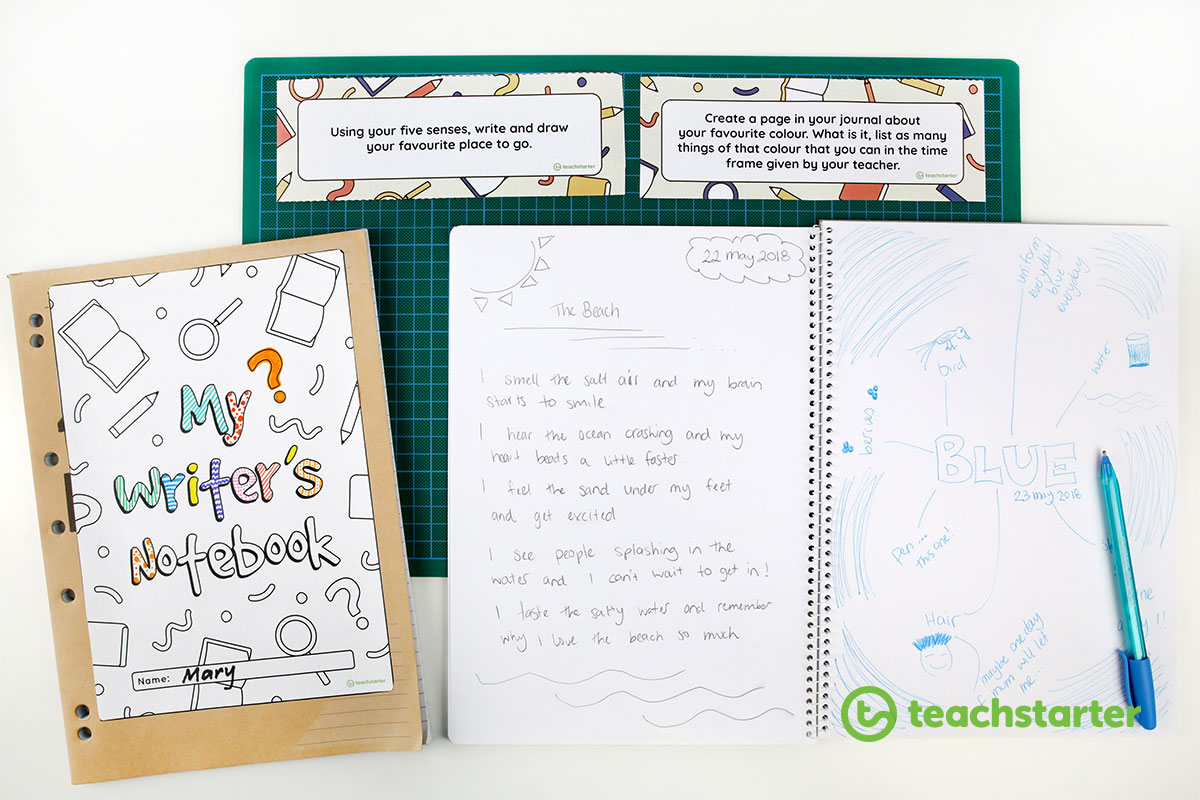
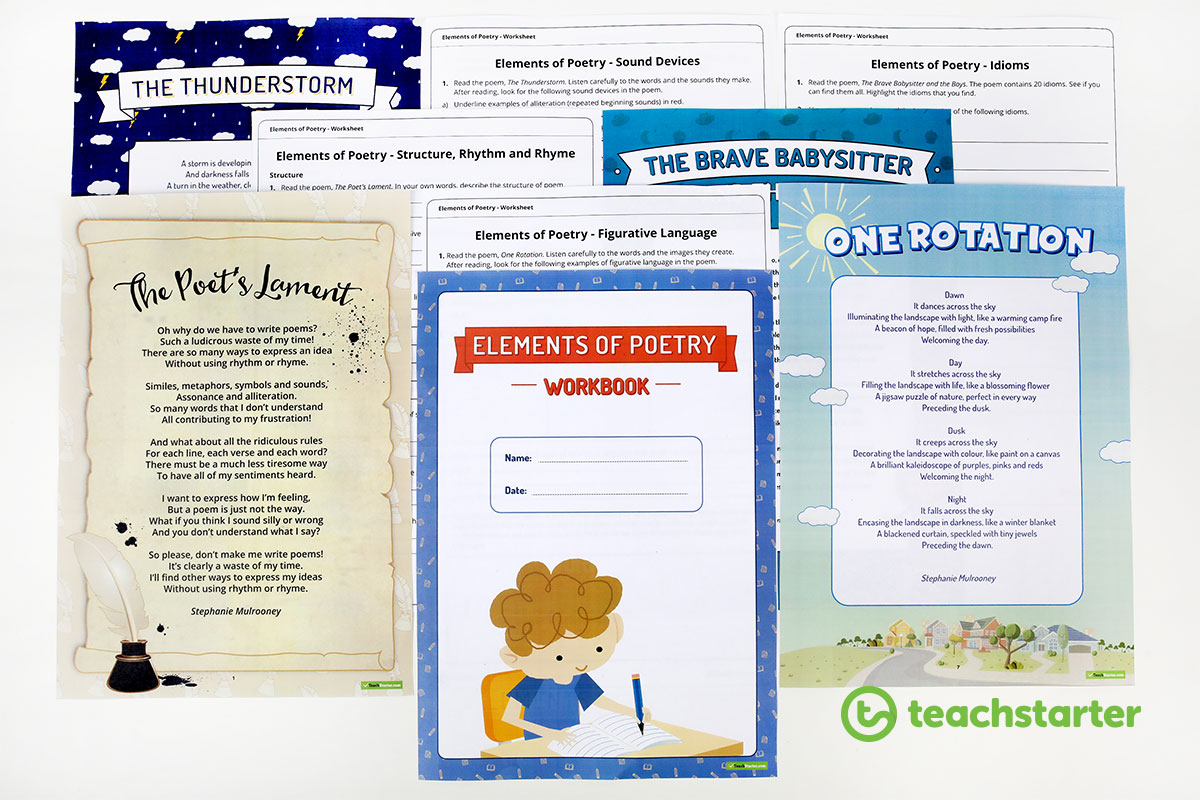
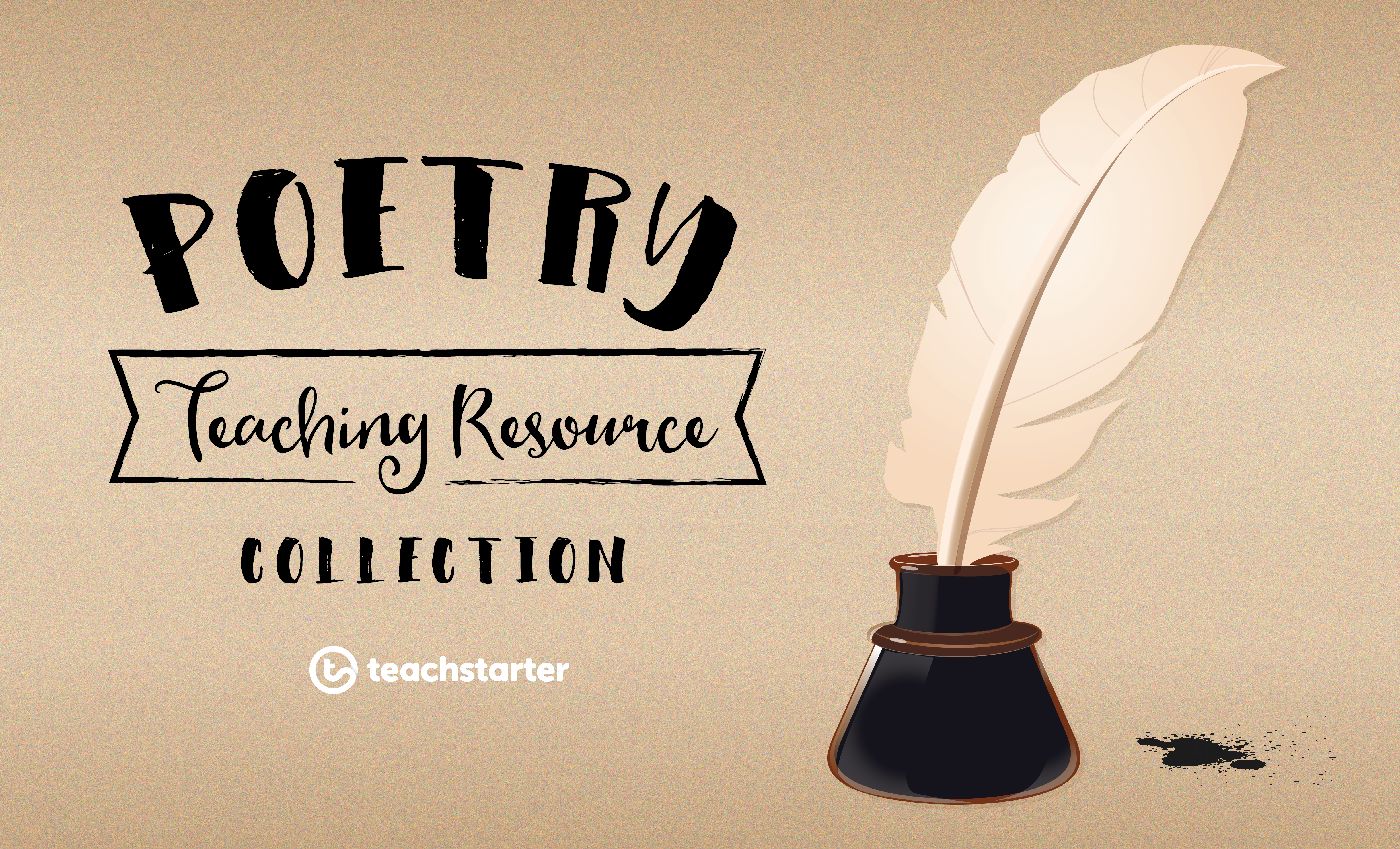
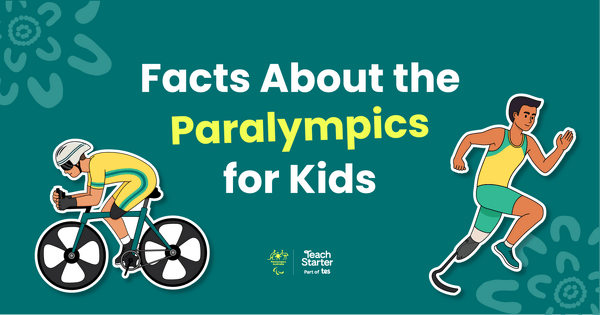
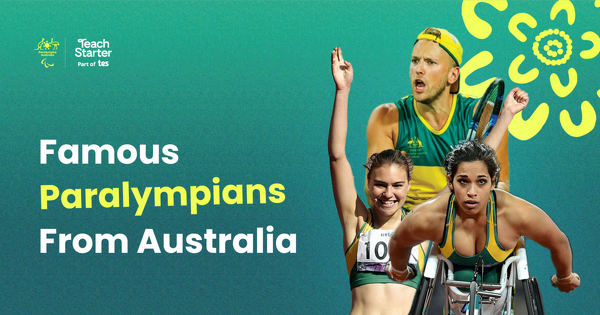
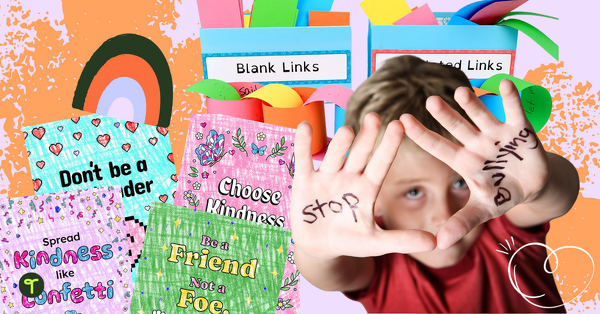
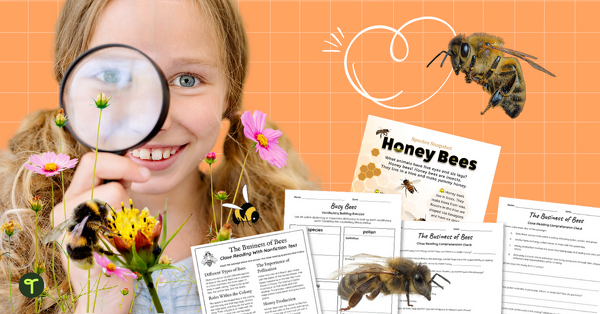
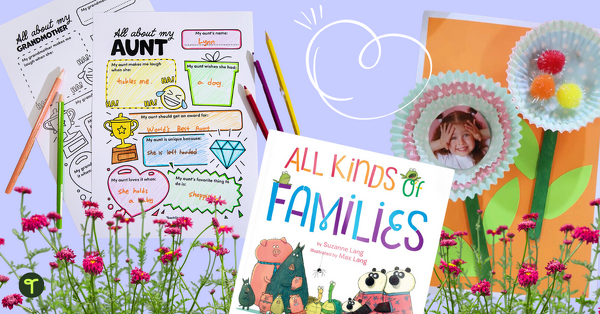
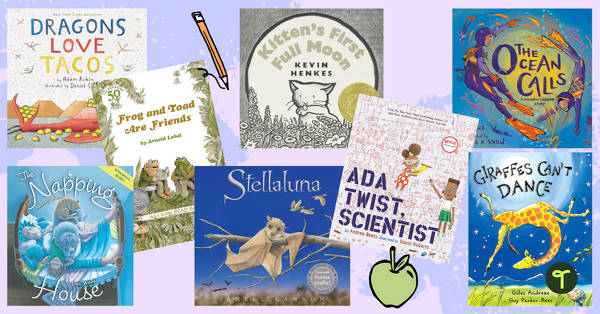
Comments